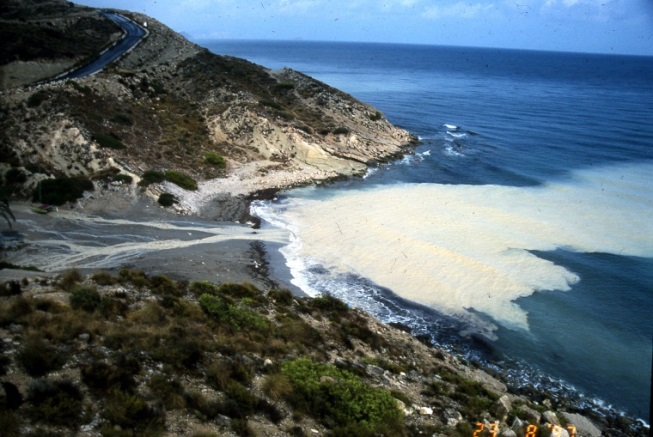SILTFLUX
Funder
Ireland Environmental Protection Agency
Value
£35,000
Collaborators
University College Dublin
Team
Professor Damian Lawler
Duration
February 2013 – October 2017

Project Objectives
The presence of high silt concentrations in water bodies is the chief reason for water quality violations in the USA and in many other countries.
Fine sediment or silt suspended in natural waters is often crucially damaging to aquatic environments. Specifically, suspended sediment (a) directly abrades (sand-blasts!) aquatic organisms; (b) reduces vital light levels, making foraging for food difficult, (c) clogs the precious river bed, reducing oxygen supply for bottom-dwelling fauna; and (d) the silt particles themselves attract other toxic pollutants (e.g. heavy metals, insecticides and herbicides) which then stick persistently to the sediment surface (rather than being flushed out) – extending the duration of water pollution cocktail problems in river, lake, reservoir, estuarine and coastal systems.
Impact
Understanding the behaviour of this ‘world No.1 pollutant’, and to help manage it at source or in transit, is now a key priority for many nations. Moreover, Member States must report to the EU the sediment pollution levels in their water resources under the EU Water Framework Directive. However, accurately assessing the rates, impacts and controls of silt transport in rivers is very challenging, because suspended sediment concentrations vary wildly and unpredictably (sometimes by factors of 10, 100 or 1000 during storms!). This interdisciplinary project ‘SILT FLUX’ is funded by the Ireland Environmental Protection Agency (Euro 0.5M to 2016), with key partners at University College Dublin (in Civil Engineering (Prof Michael Bruen); Biology; and in Geography), and the Centre for Agroecology, Water and Resilience (CAWR) at Coventry University. It aims to unravel these pollution challenges for a set of Irish rivers and explain the processes which regulate the wide spatial and temporal variation in silt flux, and address its aquatic impacts on organisms.
Specifically, SILT FLUX will also:
- Set standards for suspended sediment fluxes for the protection of sensitive catchments and biota;
- Identify ‘at risk’ catchments within Republic of Ireland;
- Advise Ireland EPA, farmers & end-users on management solutions;
- Assist compliance with EU Water Framework Directive.


